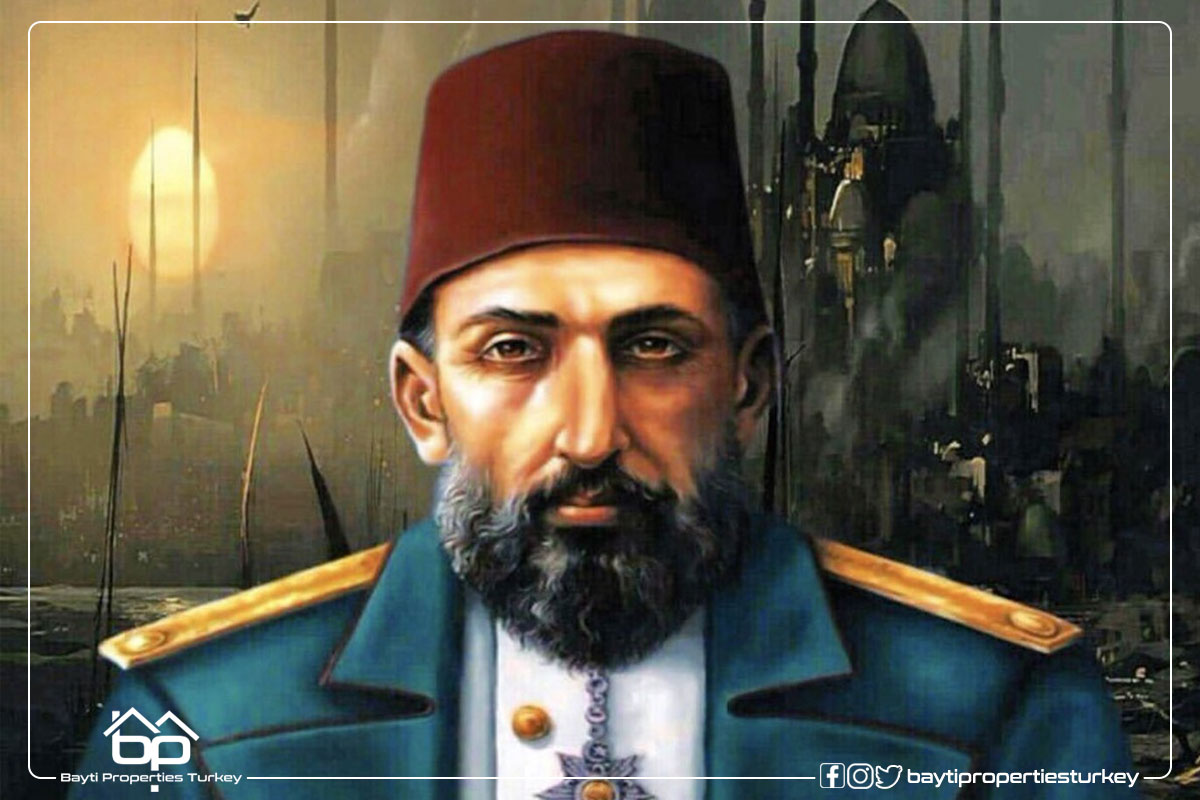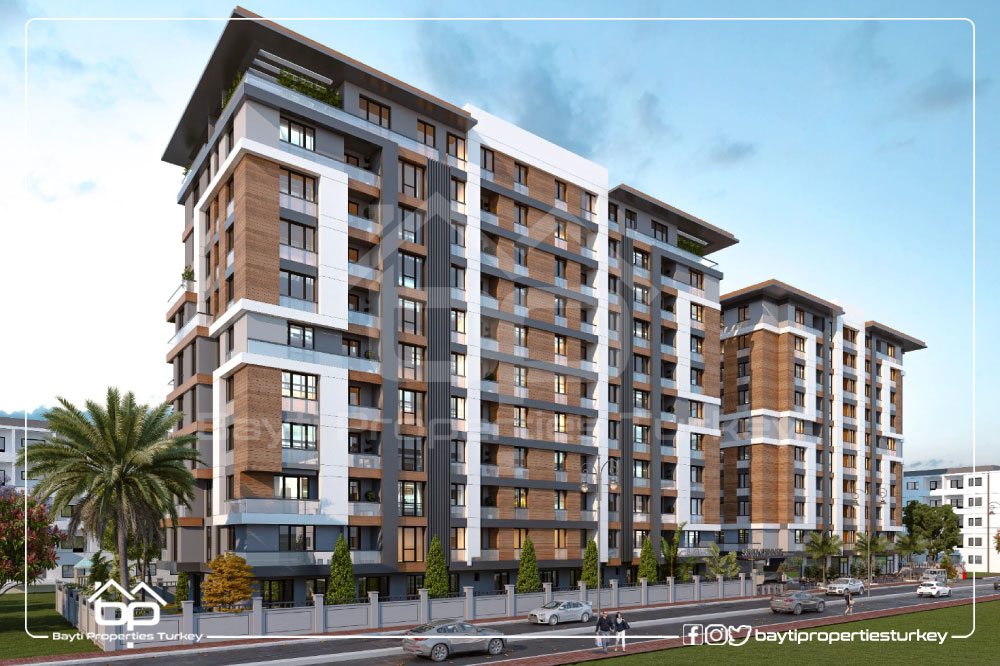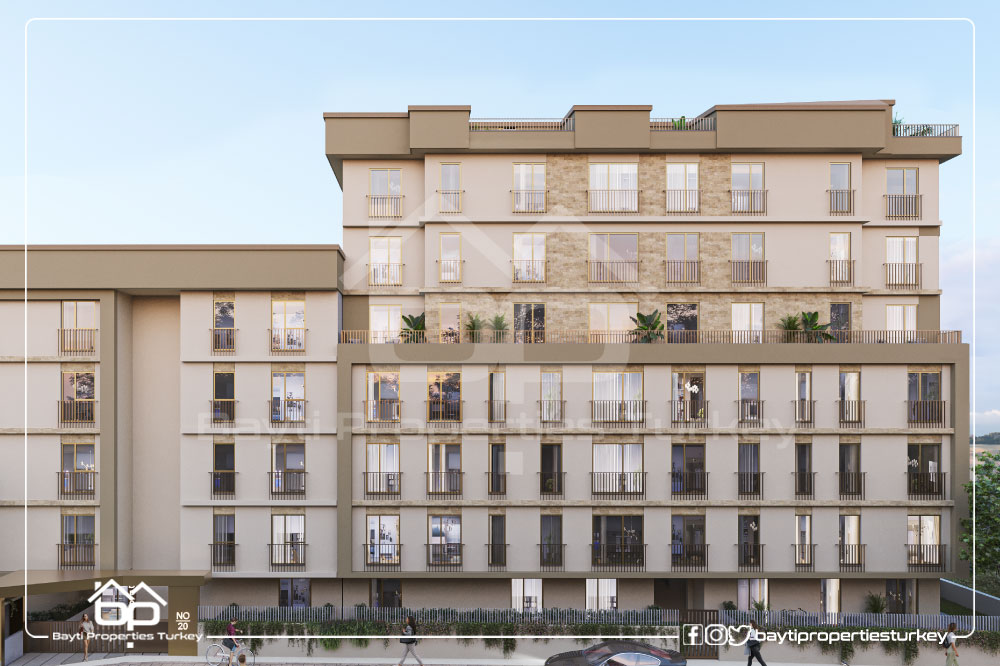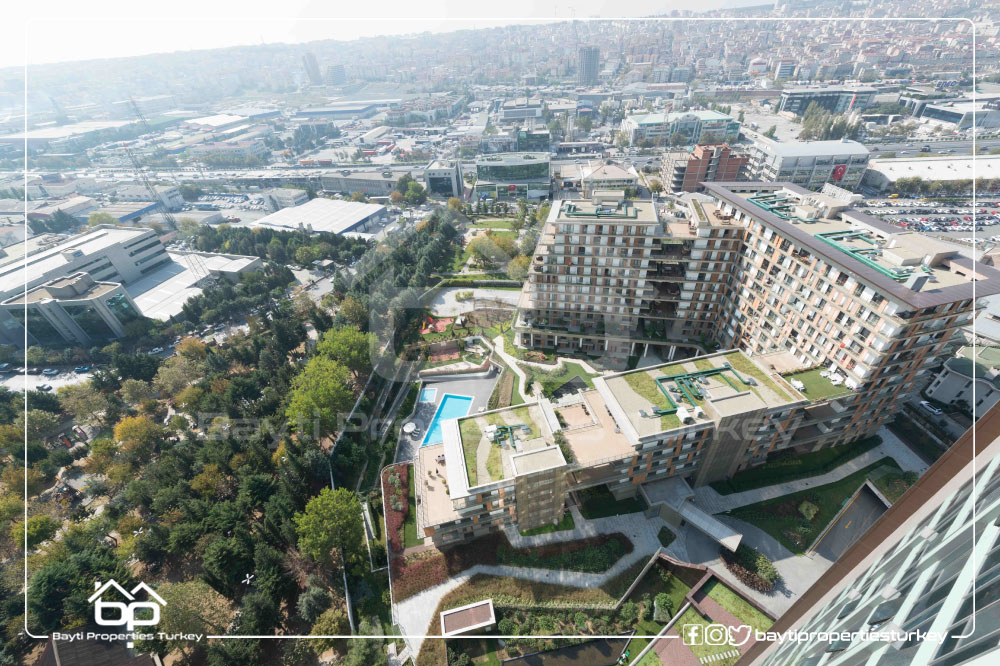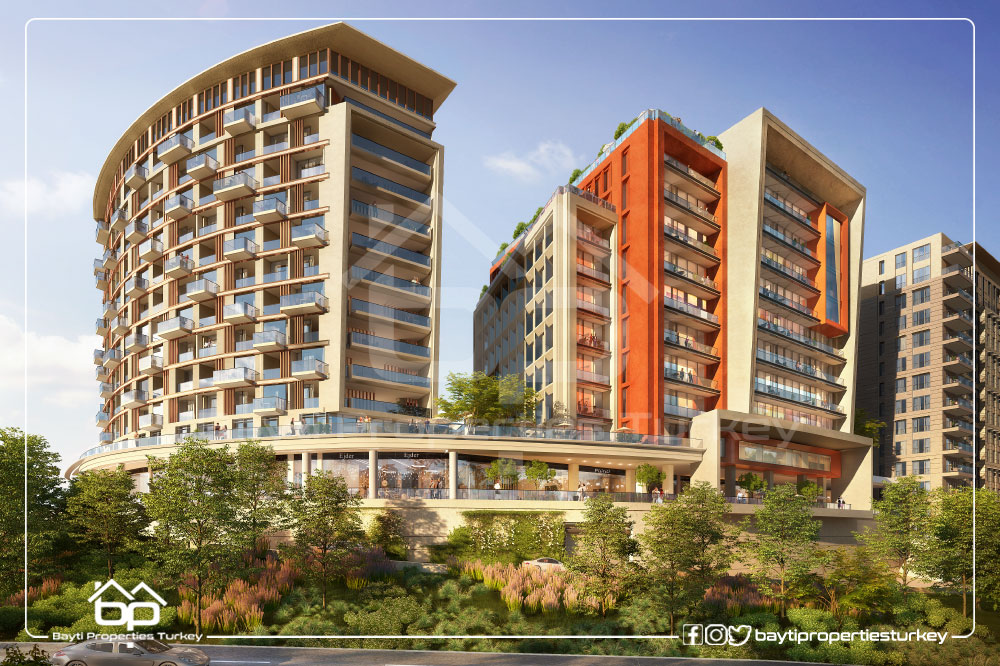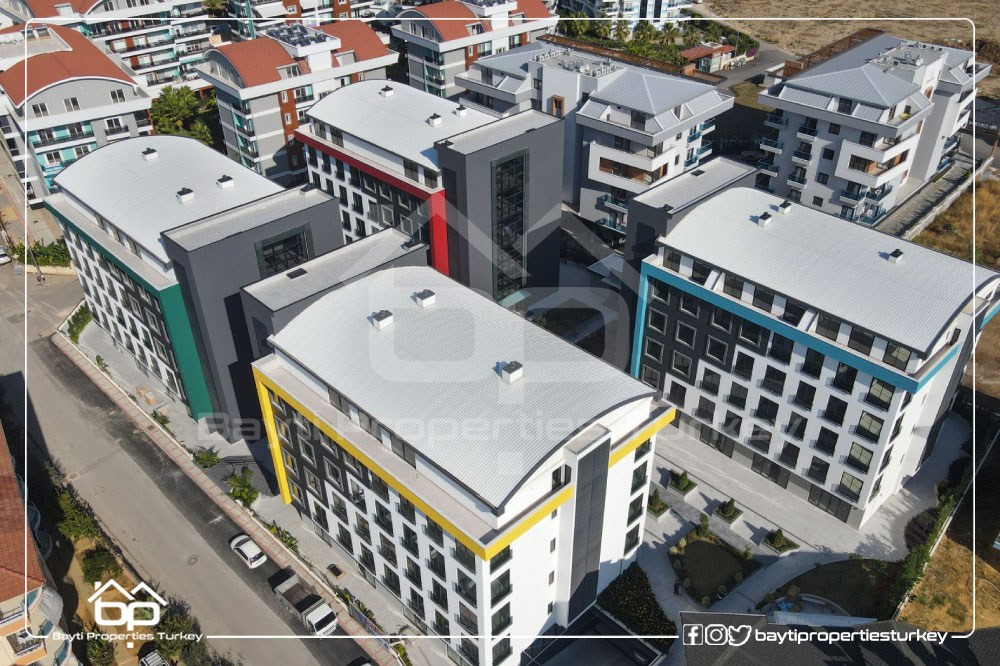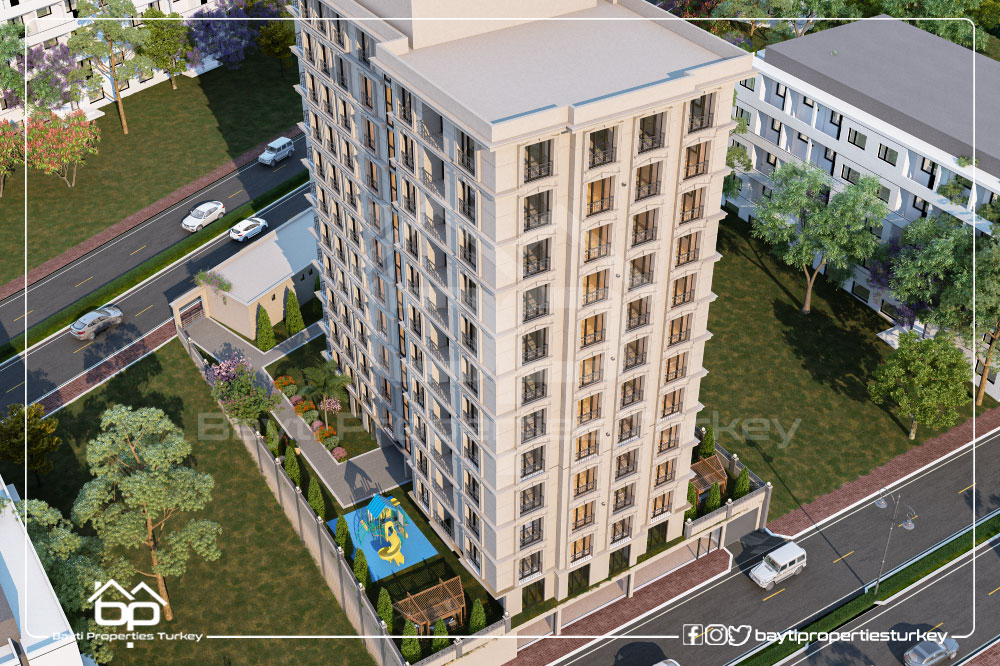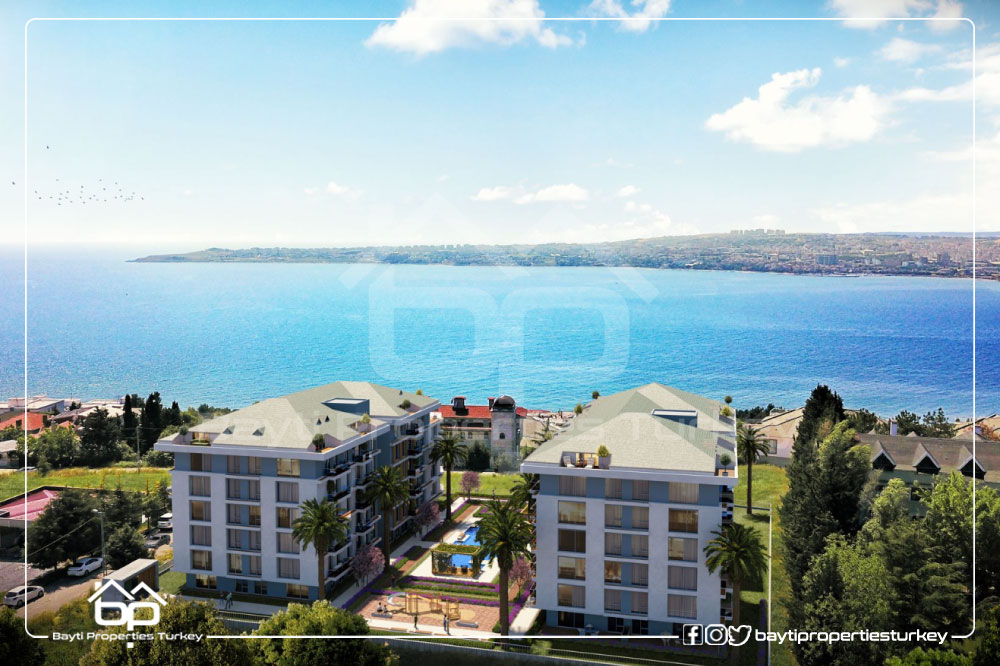Excerpts from the life of Sultan Abdul Hamid II
Sultan Abdul Hamid II was a calm-tempered man, leaned forward a little when he walked or sat, listened a lot and spoke little, showed respect for those who spoke to him, was kind to everyone, was adept at knowing the thoughts and feelings of others, and had a strong intelligence.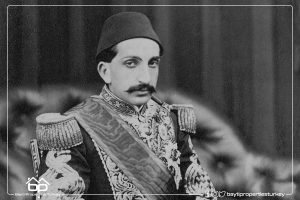
Sultan Abdul Hamid was born on September 21, 1842 AD in the Ciragan Palace in Istanbul. He is the son of Sultan Abdul Majid I and Sultana Tirimujgan.
When he was thirty-four, Abdul Hamid II received the Ottoman throne after deposing his brother Murad V and his uncle Sultan Abdul Aziz.
Sultan Abdul Hamid II is the thirty-fourth sultan of the Ottoman sultans and the twenty-sixth of the Ottoman sultans who combined the caliphate and the sultanate. Shortly after assuming the throne, the first constitution of the Ottoman Empire was announced, which was known at the time as the Basic Law.
Sultan Abdul Hamid faced many problems immediately after his accession to the throne, and perhaps the most prominent of these problems was Russia’s declaration of war on the Ottoman Empire on April 24, 1877 AD, and in the meantime, the Sultan announced the suspension of the work of the Council of Representatives – which represents the House of Representatives today – for an indefinite period due to war conditions,
In 1878, the Ottoman Empire and Russia signed the Treaty of San Stefano to end the war, and that treaty led to the emergence of Bulgaria.
The period of Sultan Abdul Hamid’s rule witnessed an improvement in the economic and living conditions and the payment of the state’s public debts.
The Sultan also ordered the construction of the Hejaz railway extending from Damascus to Mecca.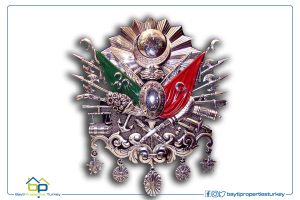
In 1909, the parliament headed by Said Pasha decided to end the Sultanate of Abdul Hamid II, specifically on April 27, and on the day after that he was removed from the throne and was sent with his family to the city of Selanik on a special train and settled at Villa Allatini in the same city and spent his time there in carpentry where It was his favorite profession and he was good at it.
After the Greco-Ottoman War and after the Greek forces approached the city of Selanik, Sultan Abdul Hamid was transferred to Istanbul and resided in Beylerbeyi Palace.
He spent his life in this palace until his death in 1918. Sultan Rashad ordered his burial in the tomb of Sultan Mahmud II after a memorial ceremony for the sultans.

